
|
| Accept Cookies | Customize | Refuse Cookies |
Pierfranco Fornasieri www.juzaphoto.com/p/PierfrancoFornasieri  |
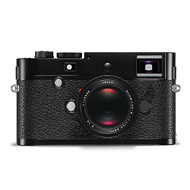 | Leica M-P Pros: It's a Leica M: it's got a rangefinder, it's sturdy, it keeps the price, it's gorgeous, it has quality lenses, a sapphire crystal display, no red dot Cons: It's a Leica M: for some, the rangefinder is a drama, it weighs, often expensive lenses, expensive diopter correction lenses, no key customization Opinion: Thanks to a particularly convenient offer, I bought this Leica M-P in the Silver version. I've never been particularly attracted to this model, for two reasons: it makes videos (and I've never been able to imagine a Leica M that makes videos) and it's heavier and chubby than the M9 that came before and also the M10 that came later. However, after taking it, I realized many of its merits: it's a kind of tank, it has an exciting viewfinder, the LV allows you to avoid mounting external hooks to frame with lenses under 28...if you need it you can easily use telephoto lenses... In short, it is extremely practical. I made up for the larger size by adopting a thumb rest that helps my small hands in gripping it. The Lithium battery seems eternal. The rest is everything I already knew: excellent files, easy to work with, you can mount splendid lenses on them (not only Leica, if you don't want to take out a mortgage there are also the recent Voigtlander and Zeiss ZM), the rangefinder inside a superlative viewfinder, the reliability, the beauty of the whole. I don't photograph for work, I've never wanted to do it because I prefer to eat well. I do it for pleasure. That's why I couldn't care less if I focus in 2 nanoseconds or half a second. Nice photos come to me anyway. I particularly liked the super-strong glass of the P versions. The Q2 held up to high ISO in a much better way: but that's another story and also another way of photographing. I would have appreciated the possibility, which I didn't find, to customize the function of the wheel or the video button, so that you can quickly change some parameters. But then, come to think of it, what good is this feature if the viewfinder is rangefinder optical? You still have to take the machine off your eye. It would only serve with the additional EVF viewfinder. So I've come to terms with it: just as I know that I'll never press the video button, except by mistake. sent on February 07, 2024 |
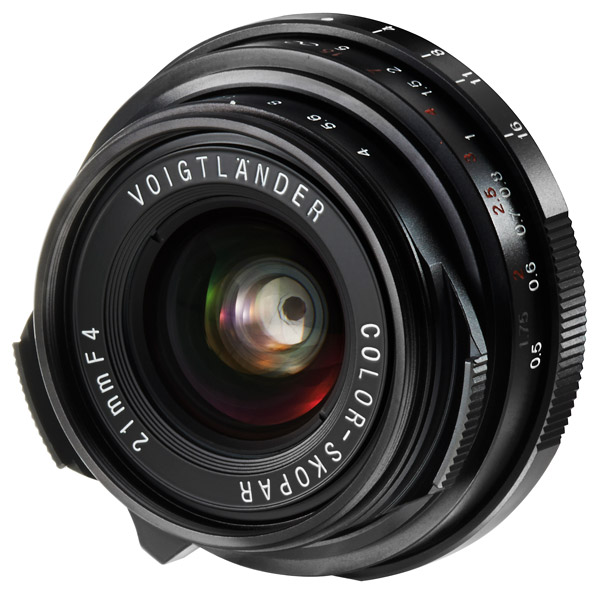 | Voigtlander VM 21mm f/4 Color Skopar Pros: Compactness, Build quality, Price Cons: Color fringing (in some cases) Opinion: It is a really compact and well-built lens, with a very sharp and contrasted yield. I really like using it. I have owned this lens twice, until now. First time on Leica M9 and later on Leica Monochrom. The second time I decided to use it on APS-C format. On Leica Full Frame, if you shoot in color there is the problem of color-fringing. The extreme proximity of the rear lens to the sensor ensures that there are Magenta-colored deviations at the edges. The phenomenon can be corrected in post, but using it on digital Leica M, if you shoot in color, may not give much satisfaction. Different was its use made on Monochrom. In that case it was impeccable. Not really loving the focal length 21 mm (if I had loved it so much I would have bought a Leica), I decided to resell it. Some time ago I bought it back. And this time, this lens, is giving me a lot of satisfaction because it is experiencing a second youth. In fact, I mounted it on a Fuji X-e3, where the crop factor actually transforms it into a focal length of about 31.5 mm, perfect for street photo and reportage photos. Half a step forward and become a 35. Half backwards and becomes a 28. The flaws he had revealed on FF are not seen. On APS-C I never take it off. It's perfect. sent on February 09, 2023 |
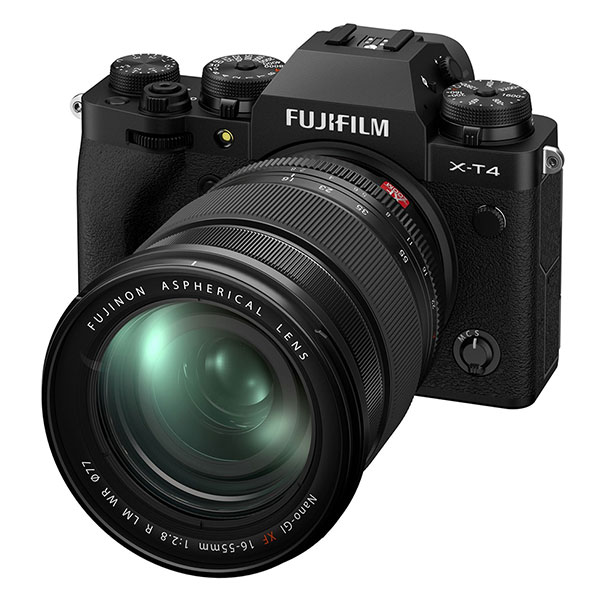 | Fujifilm X-T4 Pros: Battery seal, ergonomics, ease of use, image quality, rear screen joint, dual slots, IBIS Cons: EVF backlit, useless still/movie selector, impractical touch screen controls Opinion: When I didn't use Leica (except for a sad parenthesis) I always used Fuji. In the past I had had the X-T2 for a while and it seemed good, but it was not yet in my ropes. After some time, accustomed to using autofocus, I switched to this X-T4. It's a mature camera, with a great lens system behind it. The set guarantees class-leading image quality. I appreciate, as in all Fujifilm, the rings at hand. They are intuitive and reassuring. Tracking AF works well, and the camera has great options for using flashes. The stabilizer on the sensor can come in handy. I use it in all those moments when you need to be concrete, in the studio as elsewhere. With 16-55 or 56/1.2 it's a bomb. I don't use it when I want to have fun on the street: too cluttered, in that case I have other options. Some particularly pleasant aspects: the rear screen turns as you like and above all it can be turned upside down disappearing and you can rest your nose without doing damage. It has almost perfect ergonomics. The image quality is at excellent levels as well as the operation in general. Some aspects that would have been better: the still/movie selector is useless, I would have preferred to have in its place the selection of the light reading mode as in the previous models. The viewfinder, against the light, suffers a bit in color rendering, which then the camera returns correctly in photos. The controls on the touch screen are useless, on the contrary. I turned them off right away. It is a camera to keep and use for a long time. sent on January 03, 2023 |
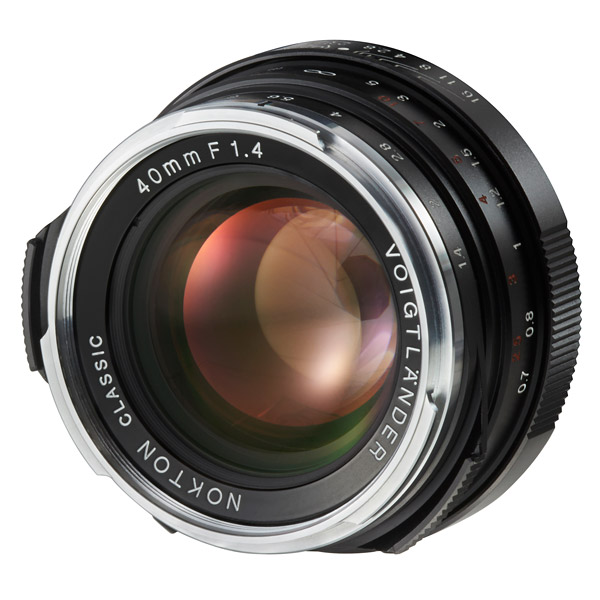 | Voigtlander VM Nokton 40mm f/1.4 SC Pros: Unsurpassed quality/price ratio, optical output, dimensions Cons: Inaccurate frames on rangefinder Opinion: I bought it almost as a joke, because on APS-C the 40 becomes a 60 mm and is very convenient to use on the road, together with the 21 mm (which instead becomes a 31). Result: with two fixed you do the work of four. But let's not digress... Going back to the Nokton, I was really impressed by both APS-C and Full Frame. It will be that it has a 7-lens scheme in 6 groups (6 groups! the card above is wrong), it will be that if it had a red dot it would be called pre-aspherical Summilux, it will be that Mr. Kobayashi has been able to make the lenses ... Will... In any case this little guy is great. At full aperture it has a muffled sharpness, very pleasant. Closing even at only 2.8 becomes marked. Excellent grays in black and white. Blurred beautiful: present and at the same time not bulky. If it were called Leica we would be talking about yet another German masterpiece. In this case, since he made it (even displaced, why not) a Japanese and given the cost it has, a masterpiece is even more so. The only drawback: if you use it on rangefinder cameras, it engages the frames of the 50 mm and in that case you have to get used to framing correctly. sent on December 12, 2022 |
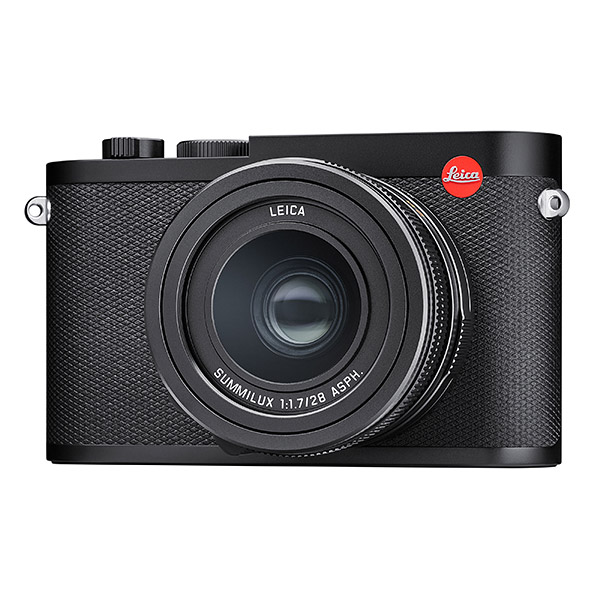 | Leica Q2 Pros: Silence, Autofocus, Image Quality, Sensor, Tropicalization, Scope, Manual Focus Cons: High price, Missing double slot Opinion: I bought it to replace the older sister and ended up replacing the Fuji that I used to make up for the focal deficiencies of the previous one. It is perfect for those who report and want to have everything in one machine. It's also great for "streeters. A couple of well-placed buttons, two or three jays in the right place, an optic that you can't take off (but you'll never take away), an excellent electronic viewfinder and a fast and powerful electronics, the silent central shutter. I shot with the car at a span from a person's ear, with the mechanical shutter, without them noticing. If you're a street photographer, you probably appreciate (in addition to the focal length) its responsiveness and speed. If you're a reporter, too. Along with these also the fact that you can use the dials to set the values of the camera, when you use it as I do in manual and to be able to understand only by looking at it from above what shooting values you have set. An essential system, which has limitations, but which in the field of Street Photography and Reportage has specific advantages. Convenience of use, speed, image quality, essentiality, simplicity, substance. When it comes to focus by hand, the Q returns an experience that for solidity, fluidity and pleasantness, reminds a little (from a distance) of the Leica "aunts" on the range. Compared to the previous model I find tropicalization interesting and I appreciate the new sensor: that is a bomb. 47 Mpx that on this camera (which makes digital crops a working tool) allow pushed crop up to almost "tele" focals. In fact, the 75mm eq frame has been added that returns images of almost 8 mpx, while with 50 mpx crops are 16, with 35-mpx crops are 32 mpx and (without crop) to 28 megapixels are 47. Useful, for the feature for which the camera was designed. Battery life (which is now the lucky one of the SL) has definitely increased. There is some flaw: it costs dearly, because 4800 euros are not few, but a flagship of another house with above a 28 mm of the highest quality would not cost much less; it doesn't have the double memory slot and forces me to use aches to duplicate the card on the fly every time I photograph something important. For a reportage use, perhaps, the double slot would have had a reason to be there. sent on August 13, 2019 |
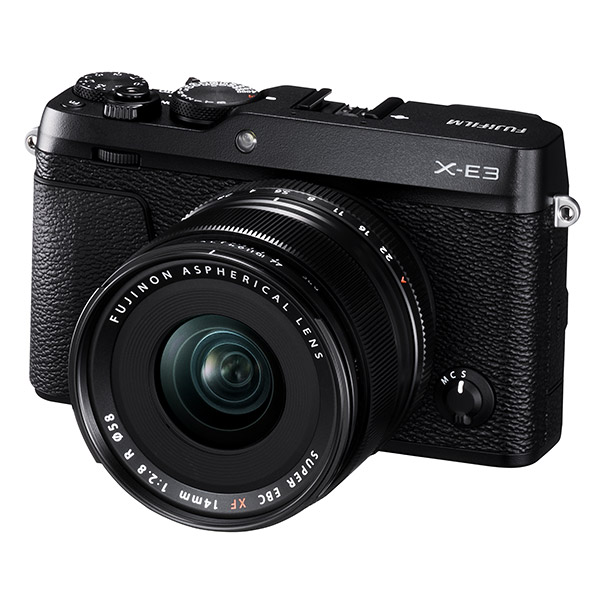 | Fujifilm X-E3 Pros: Image quality, size, time ring presence Cons: Wheel Time Little Ergonomic Opinion: Bought, resolvated and then repurchased. It's one of those cameras you find out when you miss them. The image quality is that of a XT2 or an X-Pro2, but without some options that in fact remove it from the Pro band (double slot, tropicalization) that if you do not need you will not miss. Among the things that I appreciate are the lightness (although at the expense of some parts in polycarbonate in the body, since magnesium alloy has only the bottom and the shell), the small size, the yield, the layout of the keys, the aesthetic pleasantness. To the touch, the X-E2s from the feeling of being more robust than the X-E3. But maybe it's just a perception dictated by the lightness. Among those that I appreciate less the touch-screen (which I find a useless gadget), the size of the viewfinder eyepiece (a little ' small), the lever that puts everything in "automatic" that I do not need and finally the wheel of the Times less ergonomic of the Fuji sisters more Older. Beautiful to behold, seeds embedded in the relief on the shell, but less easy to operate than the other XE or xpro that I use. The tiltabile screen I've never used it in my life, so the fact that you miss it can't interest me less. In the field, it is a nice little and fast pet, with significant improvements (especially on focus) compared to previous versions. sent on January 10, 2019 |
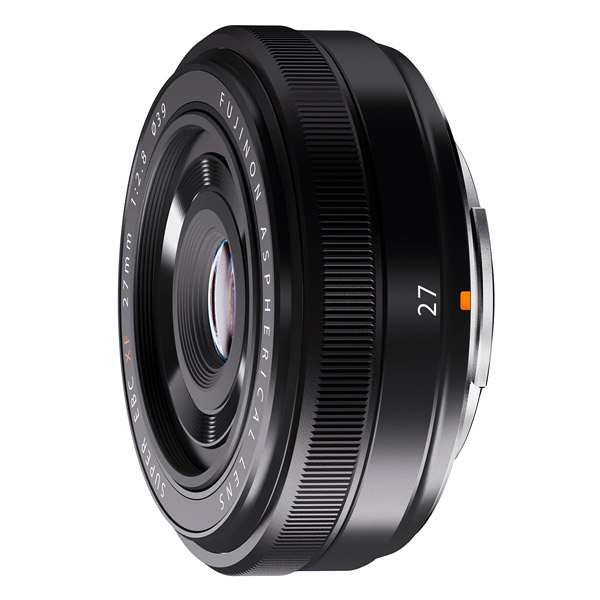 | Fujifilm XF 27mm f/2.8 Pros: Compactness, Price Cons: No aperture ring, Improved autofocus Opinion: Optical output without infamy or praise, it is only f / 2.8. Diaphragm ring is missing. Build quality in average.rnOttimo the price, especially if used.rnDa evaluate if you look for compactness and you want to have a body + lens that makes portability its strong point.rnFor all other needs, among the fixed house Fuji is better. sent on April 06, 2018 |
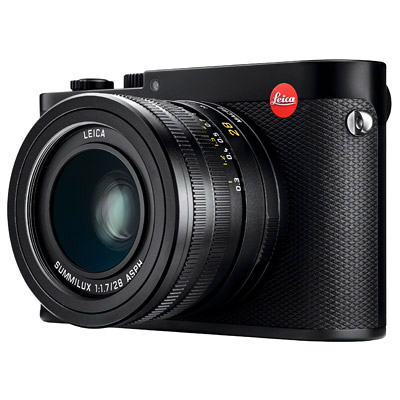 | Leica Q (Typ 116) Pros: Reactive, fast, practical, well-designed, electronic viewfinder, high image and constructive quality, central shutter Cons: Covers specific needs Opinion: You pull it out of the bag, you grab it and what you need is all there. Enclosed in a couple of well-placed buttons, two or three ring nuts in the right place, a lens that can not be removed (but that much you would never remove), an electronic viewfinder that seems (almost) to look in an optical and a fast and powerful electronics, the central shutter Extremely quiet. The Q... If you are a street photographer, you probably appreciate (in addition to the focal length) its responsiveness and speed. If you are a reportagista, as well. Along with these also the fact that you can use the ring nuts to set the values of the camera, when you use (often) as I do in manual and can understand only by looking at it from above what shutter values you have set. If you love to use telephoto lenses, you don't do anything. If you're looking for flexibility, either. If you do "close up" portraits, maybe you won't need it. What model likes to see her nose deformed by wide angle, bigger than it is in reality? If you do set portrait instead, yes. If you're a pixel freak, maybe it won't be enough. Because it is true that used to 28 gives 24 mpx, but used with the frame of 35 te ne 16 and if croppata according to the frame of 50 about 8. Pochini, for those who have delusions of greatness. More than enough for the "normal" use that you make of a photograph. 8 mpx are printed with more than good quality even on a A3 +, without interpolating and print in a magazine without problems. Its RAW (DNG) are Gestibilissimi and easy to work, as traditionally Leica. The yield of the Summilux 28 ASPH (even with the crop of the frame equivalent to 50) is of the highest level. Ease of use and effectiveness, as well. Personally in some cases, I miss the optical viewfinder a bit, but you can not have everything from life and the electronic one of the Q is at the top (I made comparisons with Sony A7II, Olympus EM1, Leica SL and Fujifilm X100F, X-Pro2 and X-E3). And then, to be honest, I'm getting a little used to it, despite everything. Today in my camera bag they have placed a Leica Q and another Fujifilm APS-C camera that covers the focal above the 50 equivalent (for those rare times I need them). An essential system, which has a lot of limitations, but that in Street Photography and Reportage has specific advantages. Ease of use, speed, image quality, essentiality, simplicity, substance. sent on February 19, 2018 |
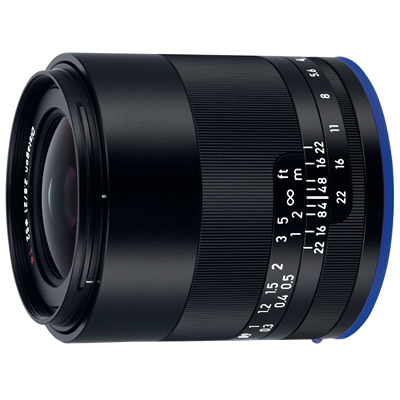 | Zeiss Loxia 21mm f/2.8 Pros: Build quality, Robustness, Manual Fire, Backlight resistance, Image quality, Sharpness, Lens hood Cons: Difficulty finding a non-rotating grip when disengaging optics Opinion: Fortunately found on the second hand market (which is very difficult), it is by far one of the best lenses I've ever had in my hands, including Leica. rnConstructed very well, it handles equally well. Dialogue with Sony in a perfect way. The focus is devoid of any game, sensitive and responsive.rnThe optical quality is absolute, the clarity almost embarrassing as well as the resistance to the backlight from manual (merit of the usual anti-reflective Zeiss). rnDa use with accuracy, like all 21 mm, is today a small masterpiece that those who report or landscape should never remove from the bag. sent on December 14, 2017 |
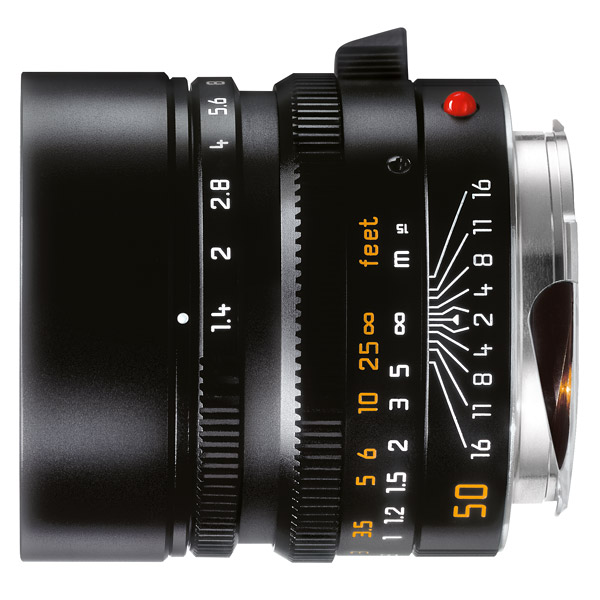 | Leica Summilux-M 50mm f/1.4 ASPH Pros: Optical yield, Impeccable construction, Integrated loop, size Cons: Price Opinion: The full-throttle is surgical, while maintaining a pleasingness in the performance of the blur that does not go as far as the typical one of the house. This full-aperture lens separates the plans in a convincing manner, detaching the subject wherever it is within the frame, even when it is several meters away. Sharpness to the edges equally convincing. Intermediate diaphragms continue to be perfect, but this thing is easier than it does. It is not as crisp as a Summicron, but it has additional features and advantages over the latter. The blurry, which nose the nose into a few (few) Leica purists, is pasty, uniform and pleasing. The chromaticities are balanced. The lines decided. The gray in the bianconero is sufficiently defined (under this aspect they are better than some "old" lenses of this and less contrasted, but our defenses are still good and in any case of shades). The passage between the planes in fire and out of focus is less progressive than allAnd non-aspherical Leica lenses. To find a fault, some have to argue that it is "too lacking in defects". The floating elements that move with the focusing distance allow you to focus at 70 cm while avoiding the typical focus shift problem of the non-aspherical series preceding.rnUnited: I would prefer to avoid the tab to focus With a single finger and having a larger ring, since I prefer to use two fingers to focus. For the series: you are never happy !!! rnM9, in conjunction with the CCD, has a rendition that is a perfect mix between classic and modern. A stuff to be left in more than one open mouth circumstance sent on June 05, 2017 |
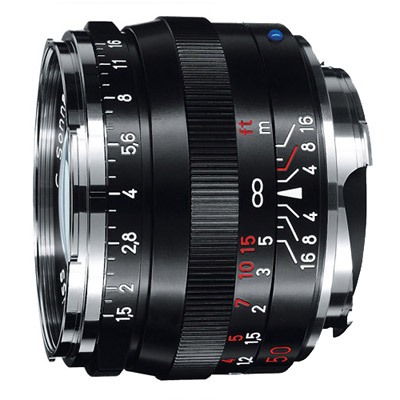 | Zeiss ZM C Sonnar T* 50mm f/1.5 Pros: Three-dimensionality, brightness, quality construction, Bokeh, Resitenza to flare Cons: Slight focus shift to the minimum distances at full aperture, Hood not included Opinion: It 'a lens that you love her or odi.rnRiprende Sonnar the old scheme, but revived with anti-reflection treatment and the quality of the lenses of oggi.rnIl result is a lens with a very pronounced personality, which pays fidelity to the project with a slight focus shift to be taken into account when focheggia at close range and at full aperture. But this inconvenience is compensated by other aspetti.rnAd large openings has a certain amount of aberrations is not correct, that give magical images. In addition to the typical pop 3D Zeiss lens is highly resistant to flare, sealing in the shadows and maintaining contrast backlit (thanks by the way of the now famous anti-reflection treatment of the German company). The out of focus is beautiful and velvety. Closed a pair of diaphragms, the yield abandon any ambition poetic and dreamy and the lens gradually becomes a blade impietosa.rnUna time, joking with friends, I set a lens that puts together two different50 mm, Summilux Pre-equiv and Summicron, Leica, because at full aperture is much like the first, and by f / 2.8 looks increasingly like the second. Only using this lens instead of the other two still have your wallet with money inside. (Kidding, yes, but not by much) rnL'abitudine the focus shift I made it easily. I have learned to compensate for that pair of centimeters, when I know that it is needed, moving the neck in order to gain that distance after's focused. But many can not bear this aspetto.rnE 'a lens that you love her or love her odi.rnIo. sent on September 18, 2015 |
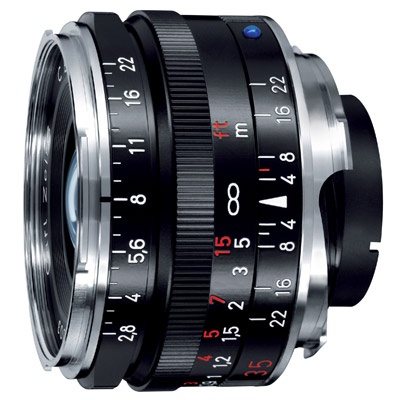 | Zeiss ZM C Biogon T* 35mm f/2.8 Pros: Compactness, resistance to flare, sharpness, build quality and sturdiness Cons: Maximum aperture limited to "only" 2.8, lens hood is not included Opinion: I bought this lens by sheer coincidence, attracted by its size, for a 35 mm to use the Leica M9 waiting to scrape together the money to purchase a Summicron 35 Asph.rnEbbene: this lens not only is fine, but the its use (especially in the street and in the photo reportage) provided me so satisfactory results, in terms of keeping the backlight and contrast, but also for the yield of blurred, that the desire to buy three times more expensive Summicron Asph I completely passed .rnNitida already wide open at any point in the frame. He diaphragms precise focusing fluid and veloce.rnUn little gem, at a price "human" to be mounted on the Leica M.rnrn sent on August 02, 2015 |
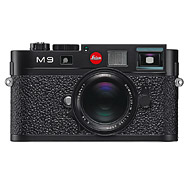 | Leica M9 / M9-P Pros: Silent and robust Full Frame, essential enough, minimalist approach photography. The quality of the files is undisputed. The CCD sensor, without the anti-aliasing filter, makes the most of an excellent optical park. The focus rangefinder allows you to use it even in the dark, where it always works and accurately. Possibility of usar times well below the safety time, considering the very small vibrations due to the absence of movement of the mirror. Cons: It 'possible that the focus rangefinder not like it at all, as well as the almost complete lack of automation. It lacks a mechanism for cleaning the sensor. The change of the memory card and the battery is cumbersome, because it involves the removal of the metal bottom. Yield high ISO little effective, although the noise is quite pleasant and assimilable with ease to the grain of a film. Firmware is not perfect. High price, but there is talk of a flagship for its category. Opinion: I dropped a few years ago a Japanese world full frame, made of super zoom and autofocus and chilate of stuff, to arrive home and indulge a Leica my desire to photograph extremely controlled and ragionata.rnE 'essential, the M9, like all Leica M. If you do not master the photographic technique can not make us beautiful foto.rnSi is almost a return to the roots, sometimes even touching: hyperfocal focus manually (when you get familiar with the rangefinder becomes fast), aperture and shutter. The depth of the field need to know from you, because there is no way to know, during shooting. And then there are the lenses Leitz, a system eccellente.rnNon never get tired of holding it, if only for the sake of it, and it becomes an extreme pleasure to wait for the right moment to shoot. Almost as much as it is captured. Maybe close to your subject, without this you see or hear you. You can be invisible if desired. Discreet and efficace.rnFotografare with the Leica M, the M8 to the M9 that I still use, it helped me to regain possession of that deartteristica that the street photographer or reportage, which brings you to predict what will happen just before and shoot at the right time. It 's very easy, with a Leica M to the eye, being able to see what is happening around you and above your subject, because you have a free eye and especially a lot of space in mirino.rnLa made in black and white CCD is excellent. It is also in color, to be sure, but it does not interest me anymore, for a long time now. sent on April 30, 2013 |
 JuzaPhoto contains affiliate links from Amazon and Ebay and JuzaPhoto earn a commission in case of purchase through affiliate links.
JuzaPhoto contains affiliate links from Amazon and Ebay and JuzaPhoto earn a commission in case of purchase through affiliate links.May Beauty Be Everywhere Around Me